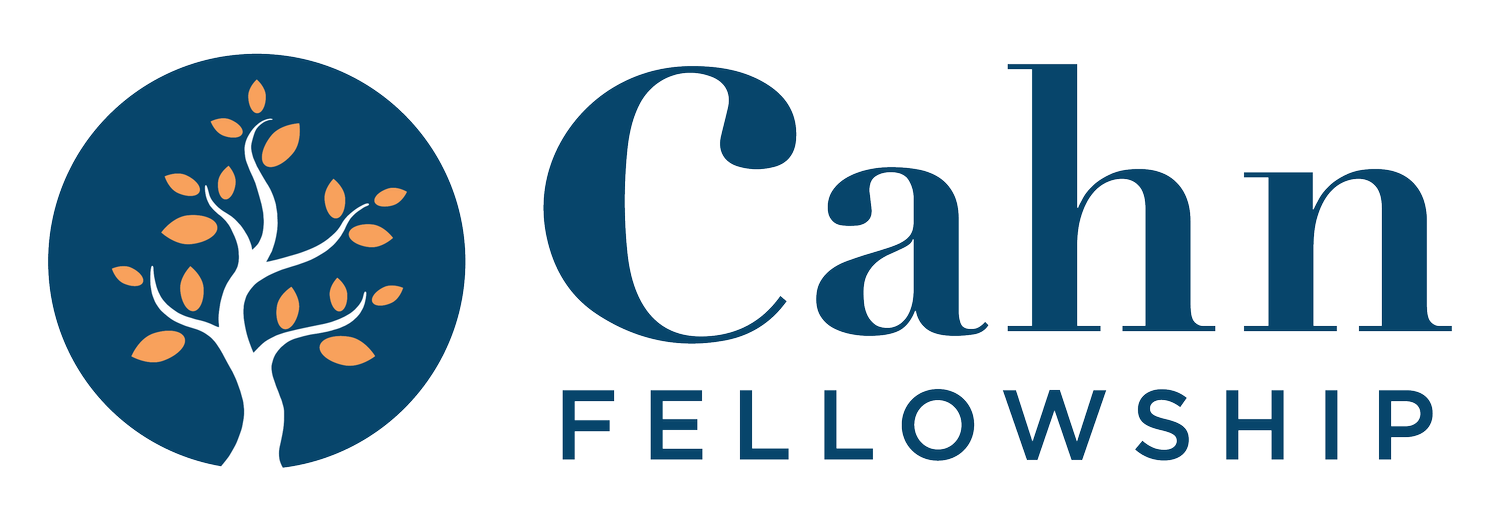Literacy and Justice for Us!
Joseph Salley • Cahn Fellow 2022
This study addresses the pressing issue of low academic performance at Kimberly Elementary School, located in Southwest Atlanta, where a significant portion of the population faces socioeconomic challenges and educational disparities. The school's mobility rate fluctuates between 42% and 65%, exacerbating the difficulties in maintaining consistent educational standards. State accountability measures, represented by the CCRPI rating, have varied from 42 to 63, designating Kimberly Elementary as a Continuous School Improvement (CSI) school.
The central problem this study tackles is how to ensure that students at Kimberly Elementary can read at grade level by the end of third grade. This challenge affects students, teachers, and the wider community, manifesting as teacher turnover, parent disengagement, and limited instructional autonomy. Finding suitable personnel willing to address the diverse learning gaps of the students also proves challenging.
To address this problem, the study implements consistent instructional frameworks rooted in a synthesis of Balanced Literacy and the Science of Reading. Professional development opportunities are provided to teachers and staff, emphasizing the five pillars of literacy: phonological awareness, phonics, fluency, vocabulary, and comprehension. The study involves modular training, differentiated learning experiences, collaborative learning, hands-on experience, regular feedback, and continuous impact evaluation.
Key challenges include the school's high mobility rate, which disrupts the continuity of learning and affects both students and teachers. Additionally, supporting new teachers with prior year's training while introducing new modules poses logistical challenges.
Preliminary results show significant improvements in reading proficiency, particularly in first and second grades. Teacher engagement and collaboration have also increased, as indicated by the Gallup Engagement Survey. All K-3 teachers completed the first four Science of Reading modules, and 4-5 teachers were in progress or completed them. The percentage of students in proficient and distinguished learner categories increased in grades K-2, while the percentage in the beginning learner category decreased in grades 1-2 according to the MAP Reading assessment.
These results suggest that a systematic approach to literacy instruction, coupled with ongoing professional development and feedback, has the potential to address the reading proficiency gap at Kimberly Elementary School. Further investigation is needed to validate these findings and identify any unforeseen learning gaps.

